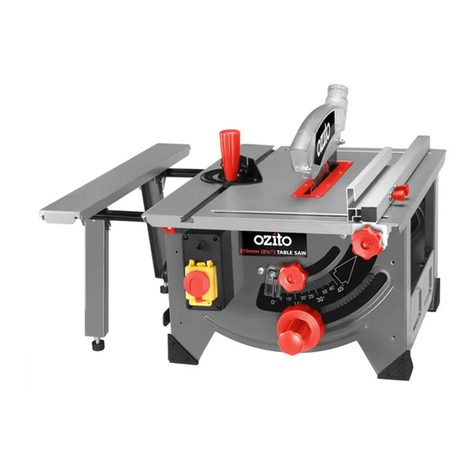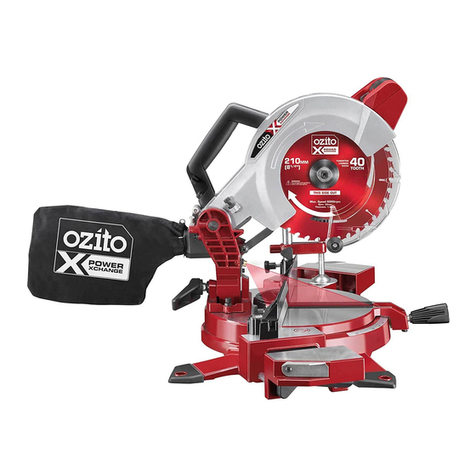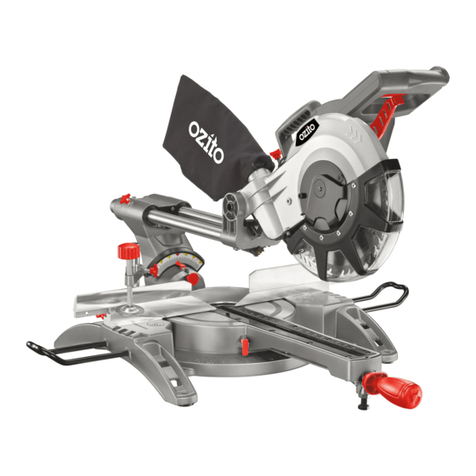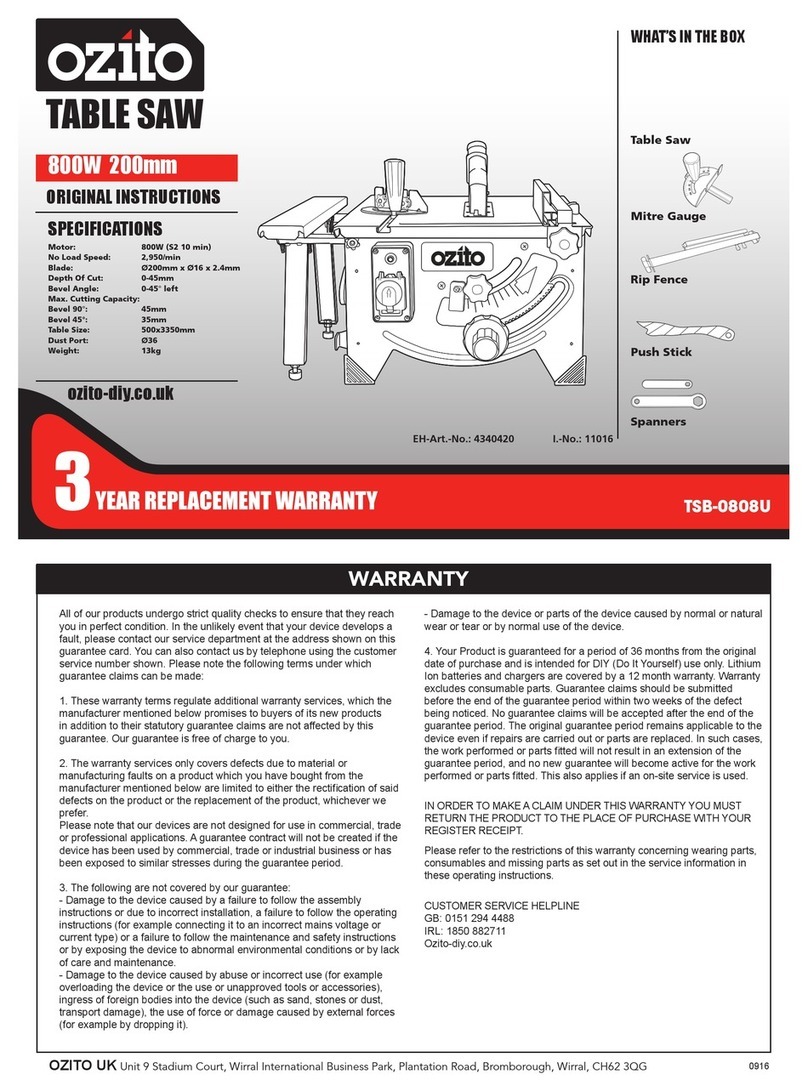Ozito TSF-1211U User manual
Other Ozito Saw manuals

Ozito
Ozito RSG-491VK User manual
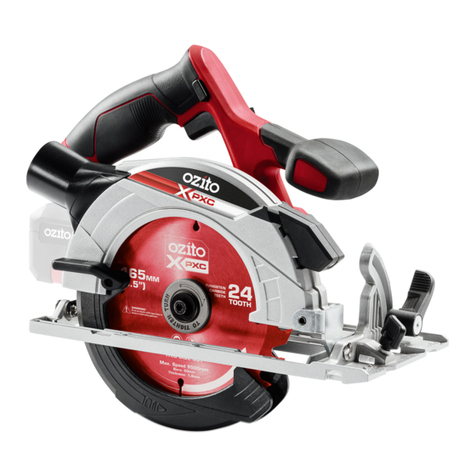
Ozito
Ozito PXCSS-165 User manual

Ozito
Ozito SCMS-10STAND User manual
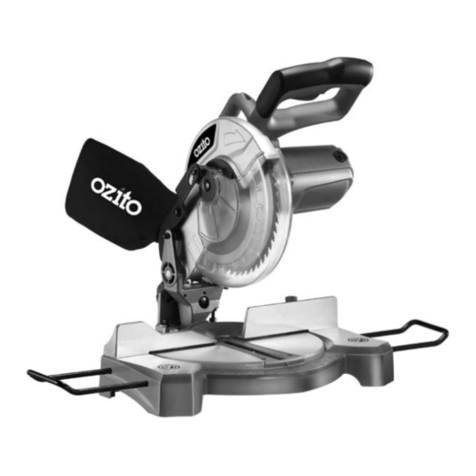
Ozito
Ozito CMS-210 User manual
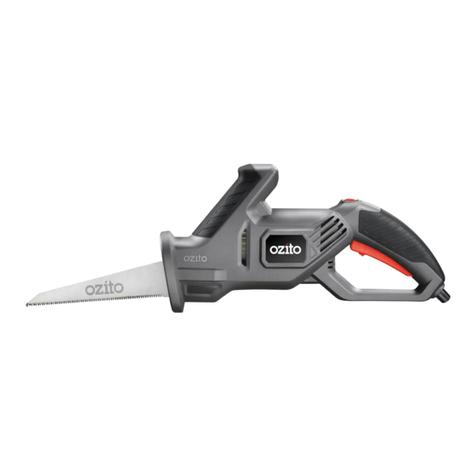
Ozito
Ozito MSW-3000 User manual
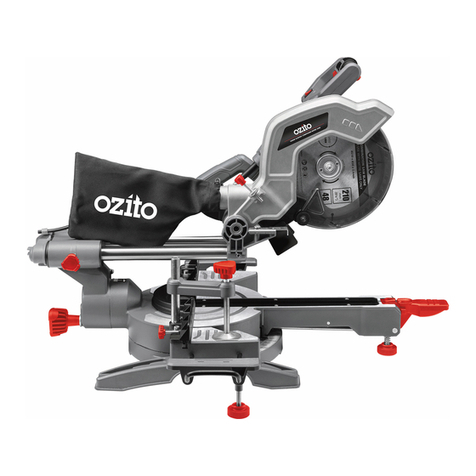
Ozito
Ozito SCMS-1621MS User manual

Ozito
Ozito OZCS1800WA User manual
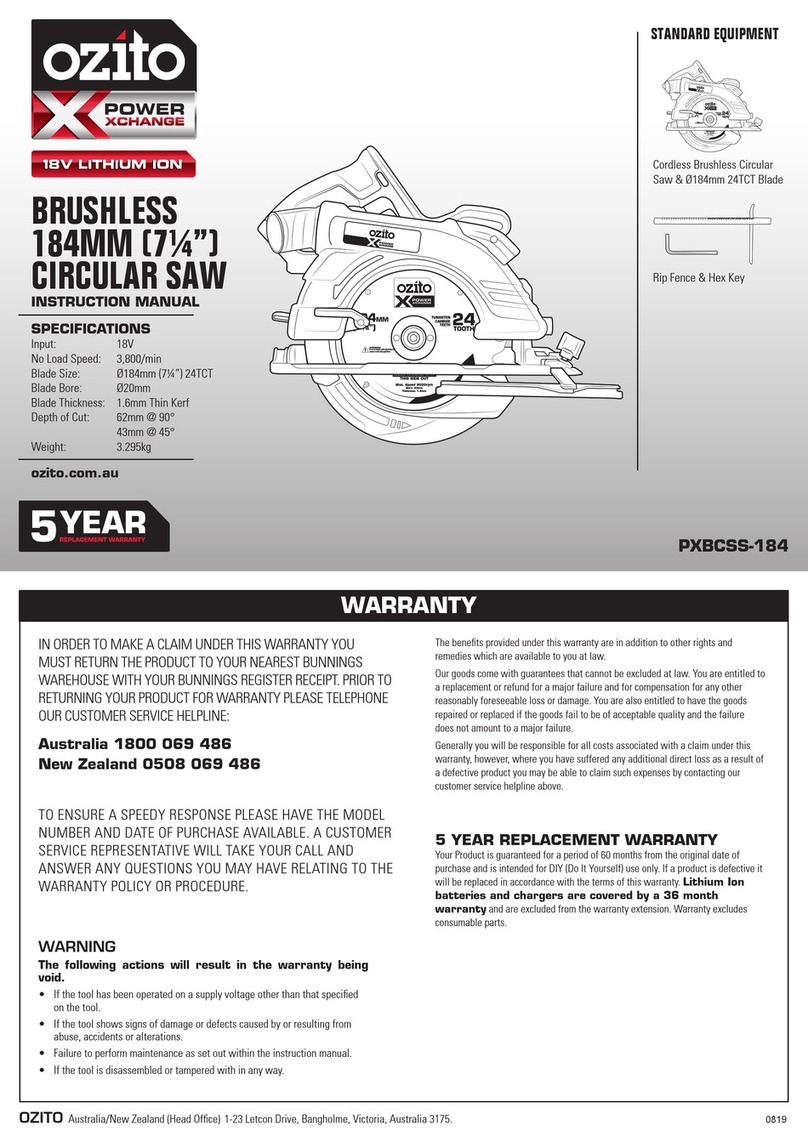
Ozito
Ozito Power X Change PXBCSS-184 User manual

Ozito
Ozito MCS-2355U User manual
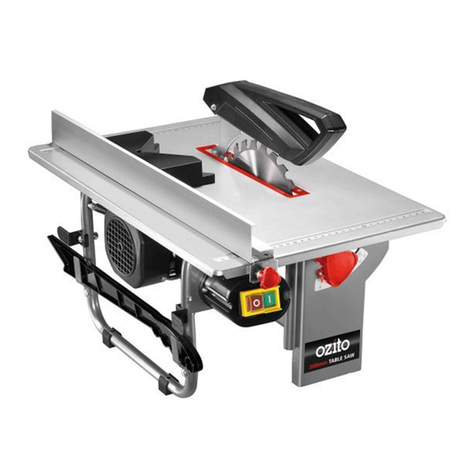
Ozito
Ozito tsb-0808 User manual

Ozito
Ozito JSC-2000 User manual
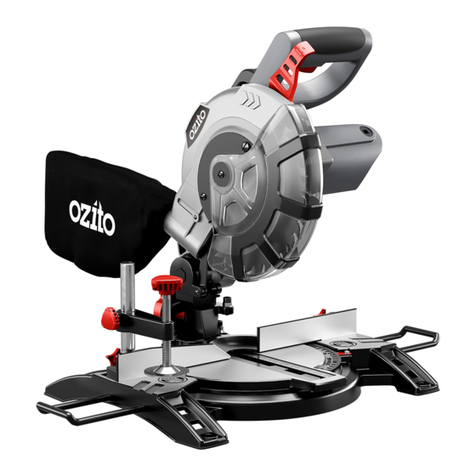
Ozito
Ozito CMS-1621 User manual
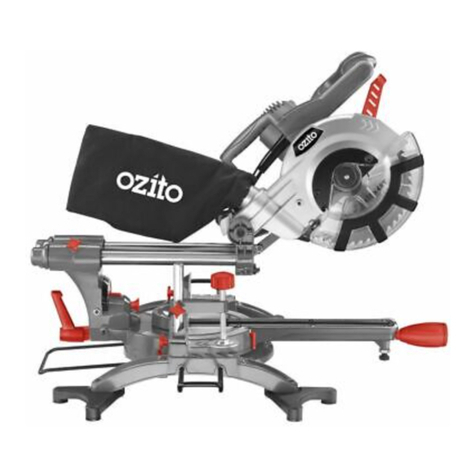
Ozito
Ozito SCMS-8MSS User manual

Ozito
Ozito TSF-1211U User manual
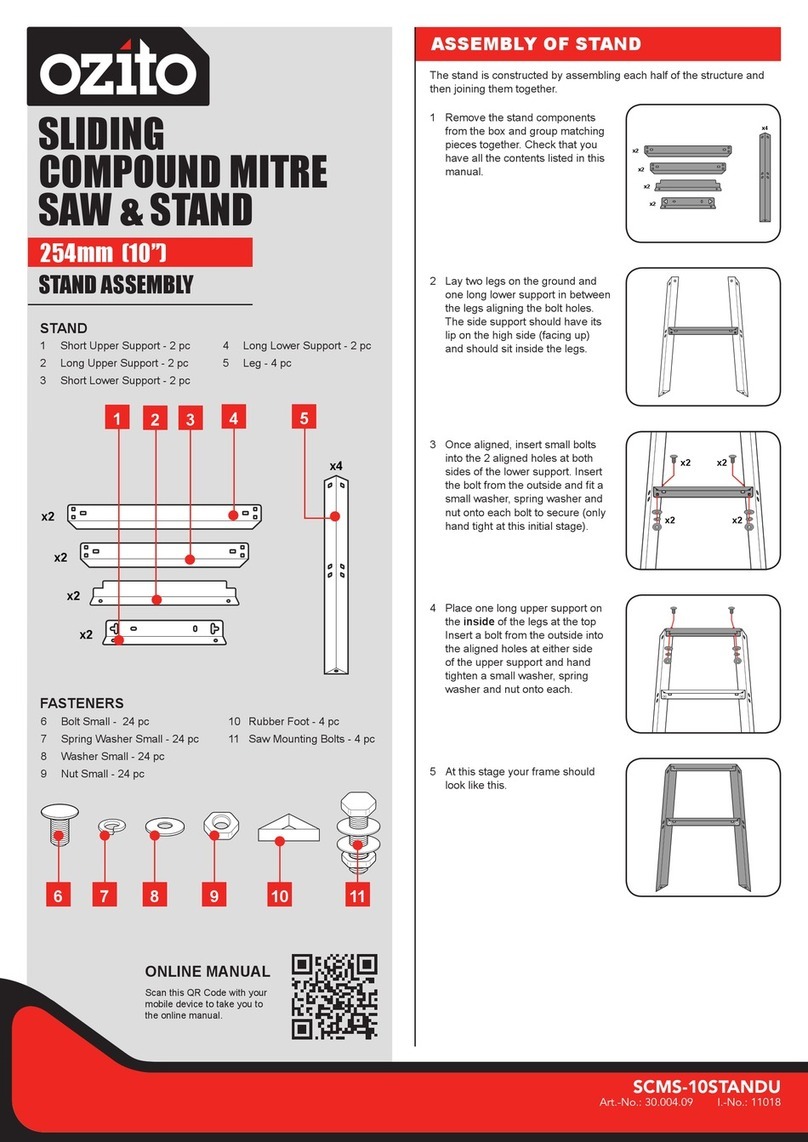
Ozito
Ozito SCMS-10STANDU User manual
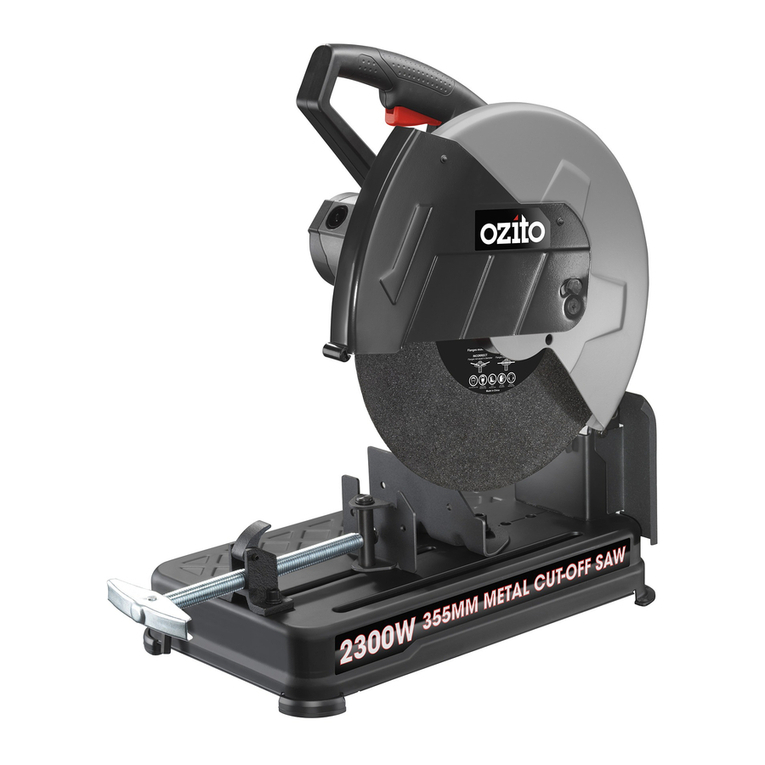
Ozito
Ozito MCS-2355 User manual

Ozito
Ozito PRS-012 User manual
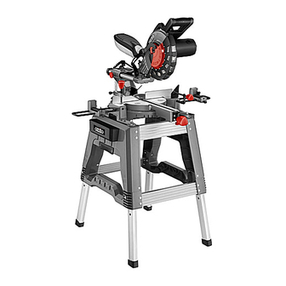
Ozito
Ozito UMS-1810 S User manual
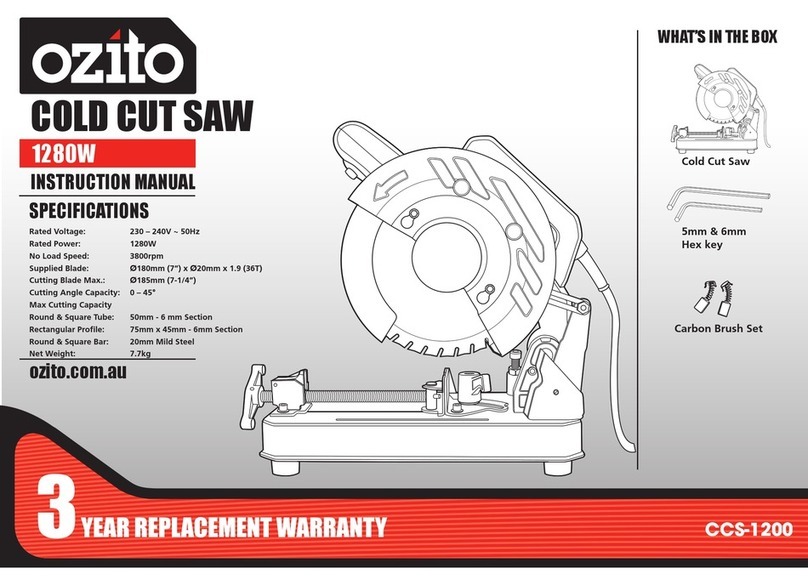
Ozito
Ozito CCS-1200 User manual

Ozito
Ozito TBS-254 User manual
